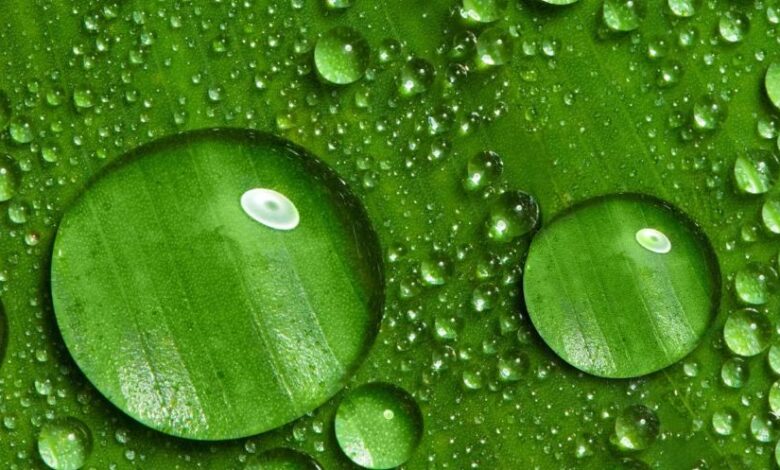India wants to become world champion of green hydrogen by 2030
The target is to produce 5 mln t of green hydrogen within 7 years
(sustainabilityenvironment.com) – Over two billion euros of incentives to build, practically from scratch, a hydrogen supply chain. With the goal of making the country a global hub of the first level. To reach the end of the decade with a production of green hydrogen of at least 5 million tons. It is the content of India’s new strategy to accelerate on the energy carrier and reduce emissions revealed yesterday. President Narendra Modi, outlining the plan a year and a half ago, had called it “a quantum leap” for the country.
“Our goal is to make India a global hub of green hydrogen,” the government explained. “We will strive to achieve at least 10% of global green hydrogen demand” over seven years. In this period of time, according to the calculations of the executive, India should be able to cut 50 million tons of CO2 equivalent (Mt CO2e) and save more than 1 billion euros of fossil fuel imports.
What is green Hydrogen?
Green hydrogen is hydrogen generated from either renewable energy or low carbon energy. This will lead to significantly lower carbon emissions than grey hydrogen, produced by steam reforming of natural gas, which forms the majority of the hydrogen market.
Reducing the costs of green hydrogen
The key to the success of this strategy is to be able to reduce the production costs of clean hydrogen. For this reason, the government has modulated the incentive plan in order to favour the installation of an electrolyser capacity between 60 and 100 GW. This will be accompanied by an increase in renewable installed capacity of 125 GW. Although it is not clear whether these GWs add to the 500 provided for in the energy transition plan announced at COP26 in 2021, or whether they are part of this target. In any case it would be a matter of increasing by about 150% within ten years the installed capacity now available (48.5 GW of wind and 40 GW of photovoltaic).
The incentives will cover both the production of electrolysers and that of clean H2. In parallel, the executive will set minimum quantities of green H2 to be used in some key sectors: fertilizer production, refineries, distribution of gas for civil use.
All in all, New Delhi hopes to succeed in lowering production costs that, today, still see green hydrogen disadvantaged. The H2 produced from fossil sources -the gray one, obtained without CO2 recovery and the most used in the country- in the last year has increased from 130 to 200 rupees, or from 1.48 to 2.28 euros. While the one produced from renewable sources still beats around 300-400 rupees, that is 3.5-4.5 euros per kg.






